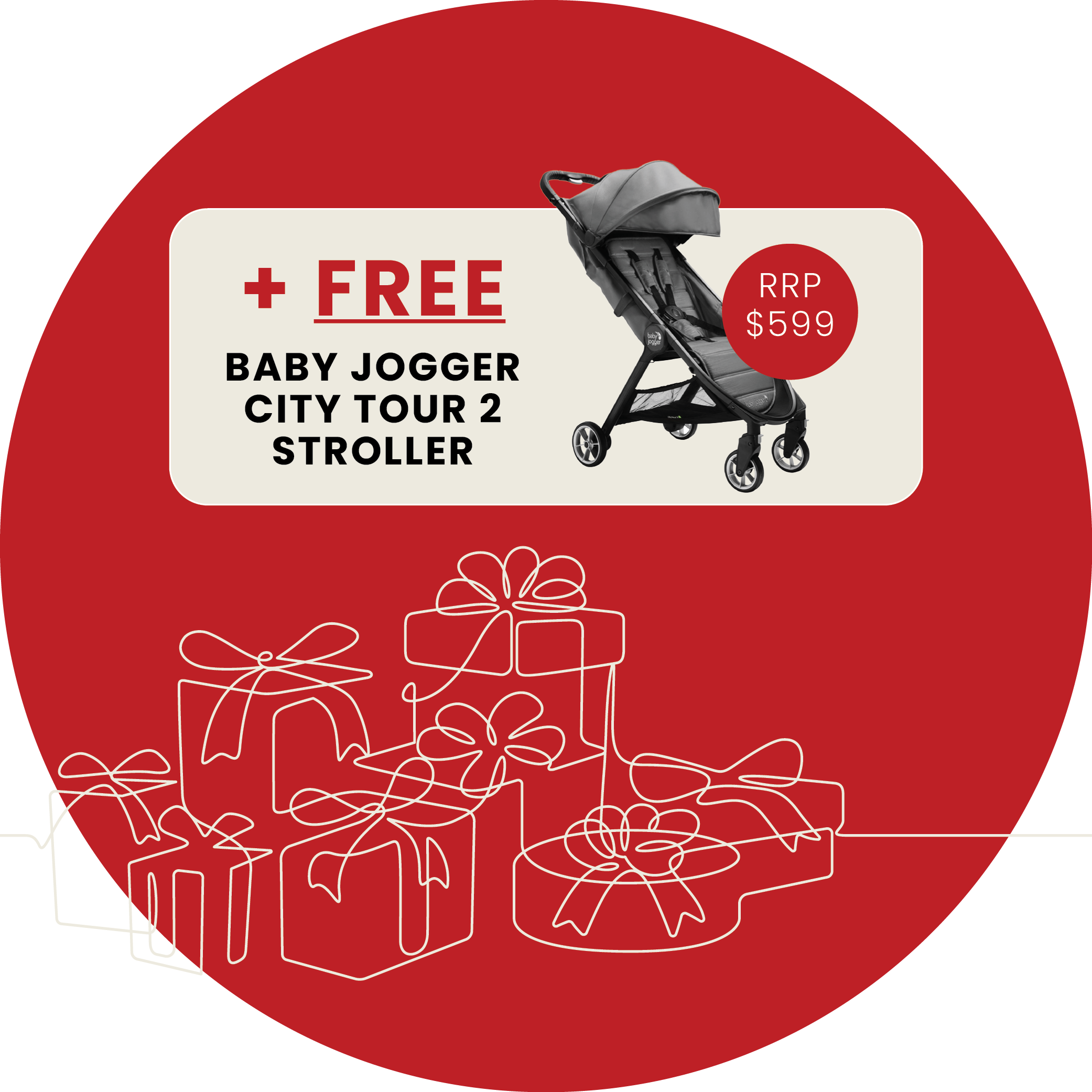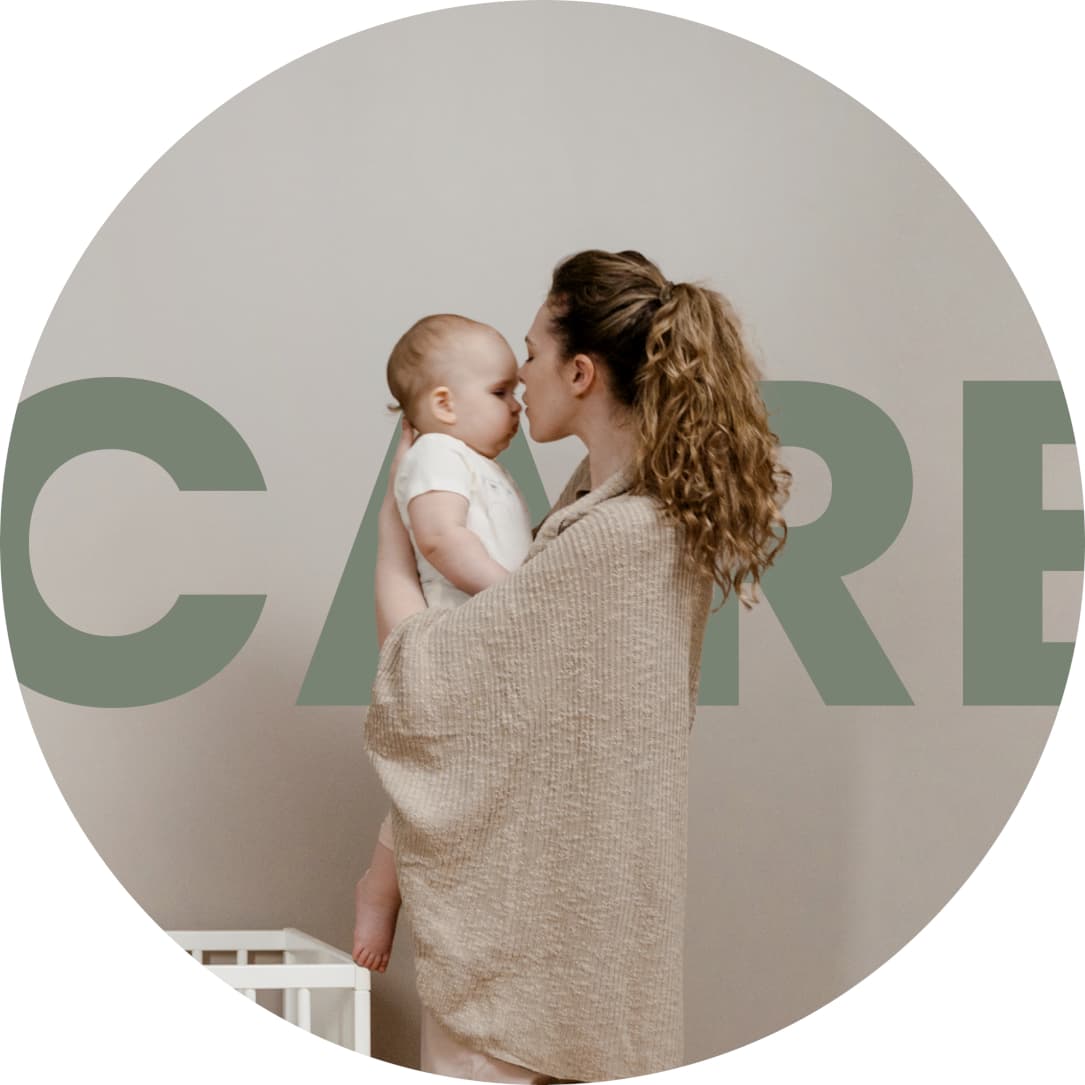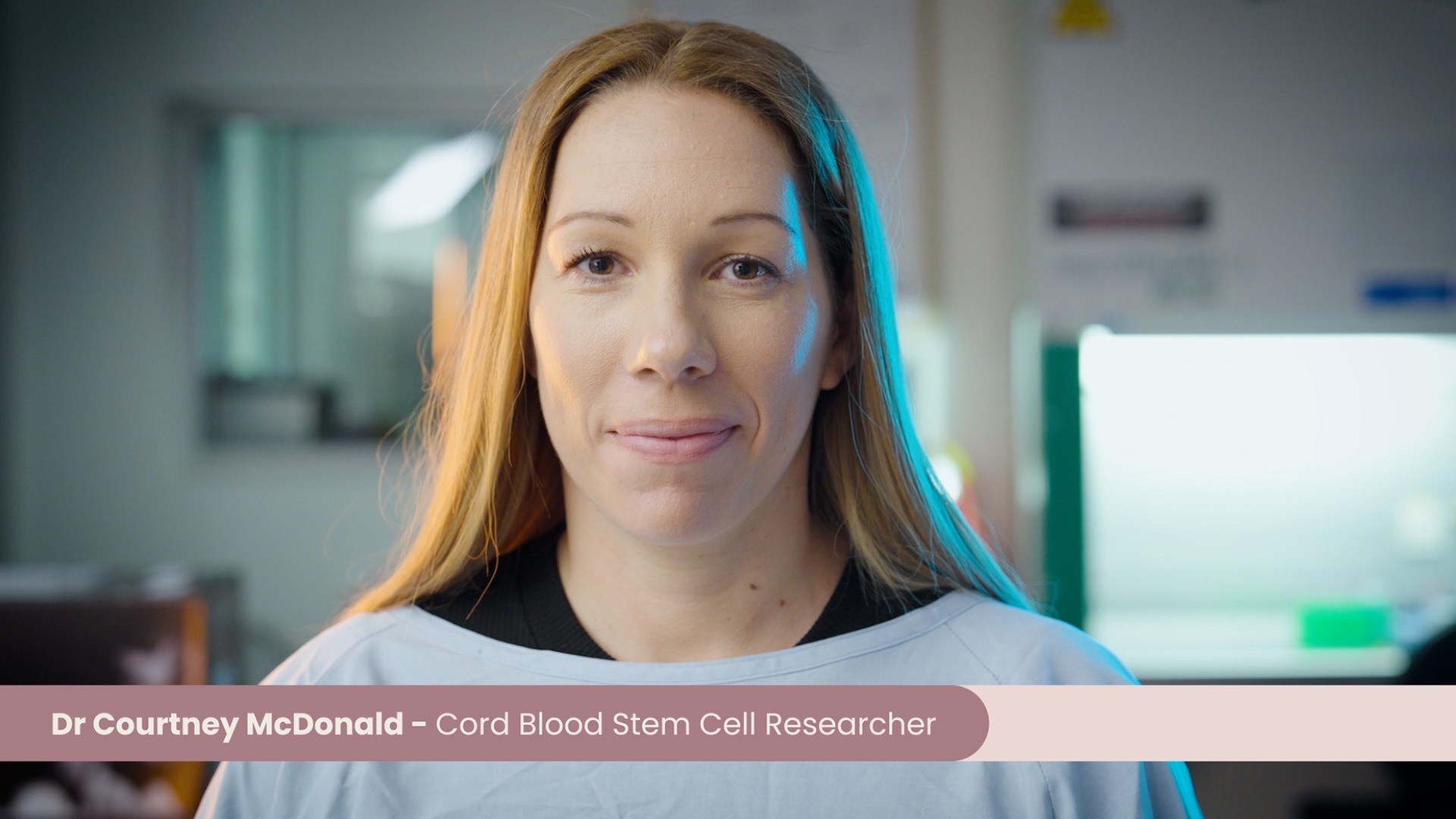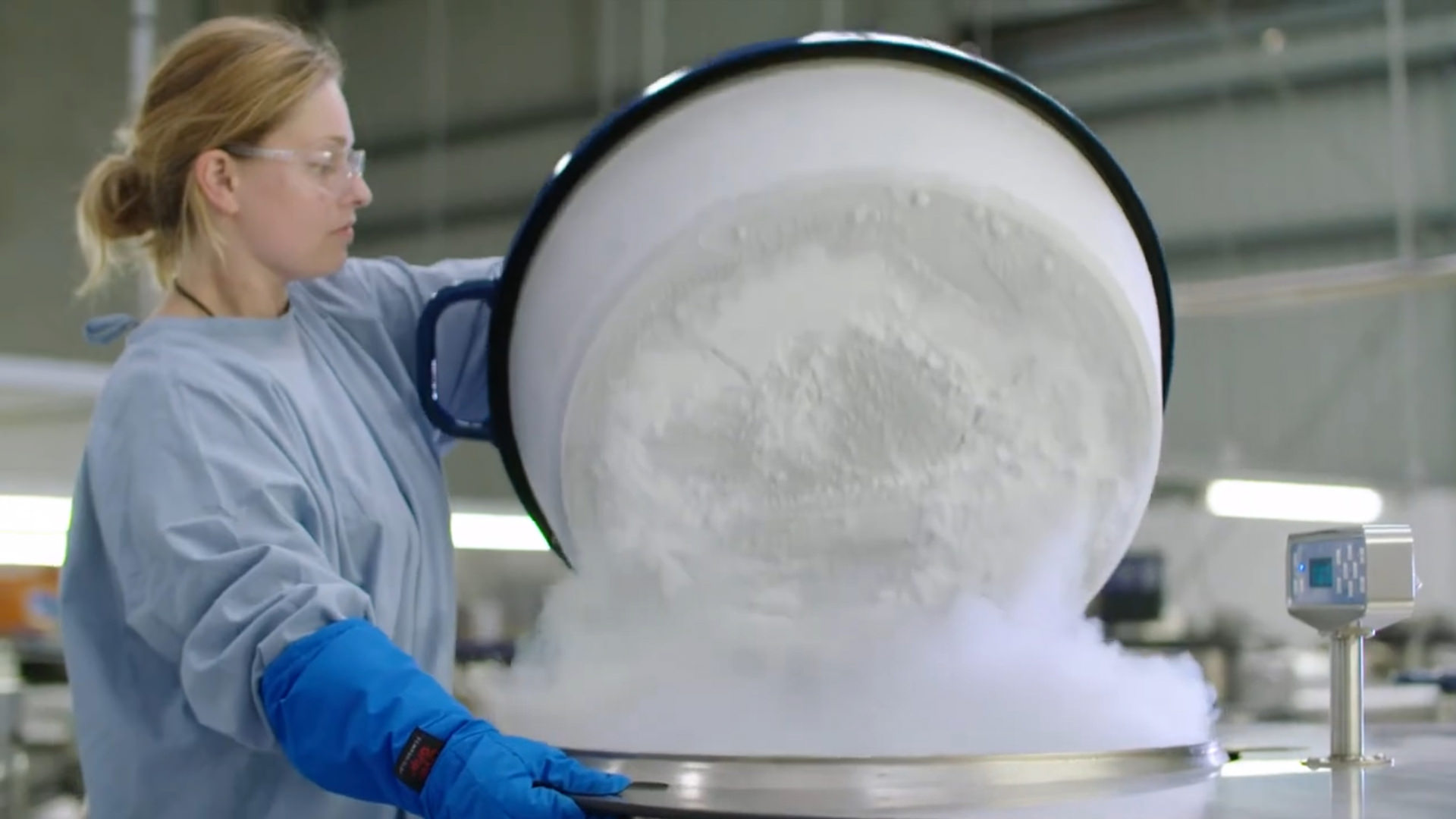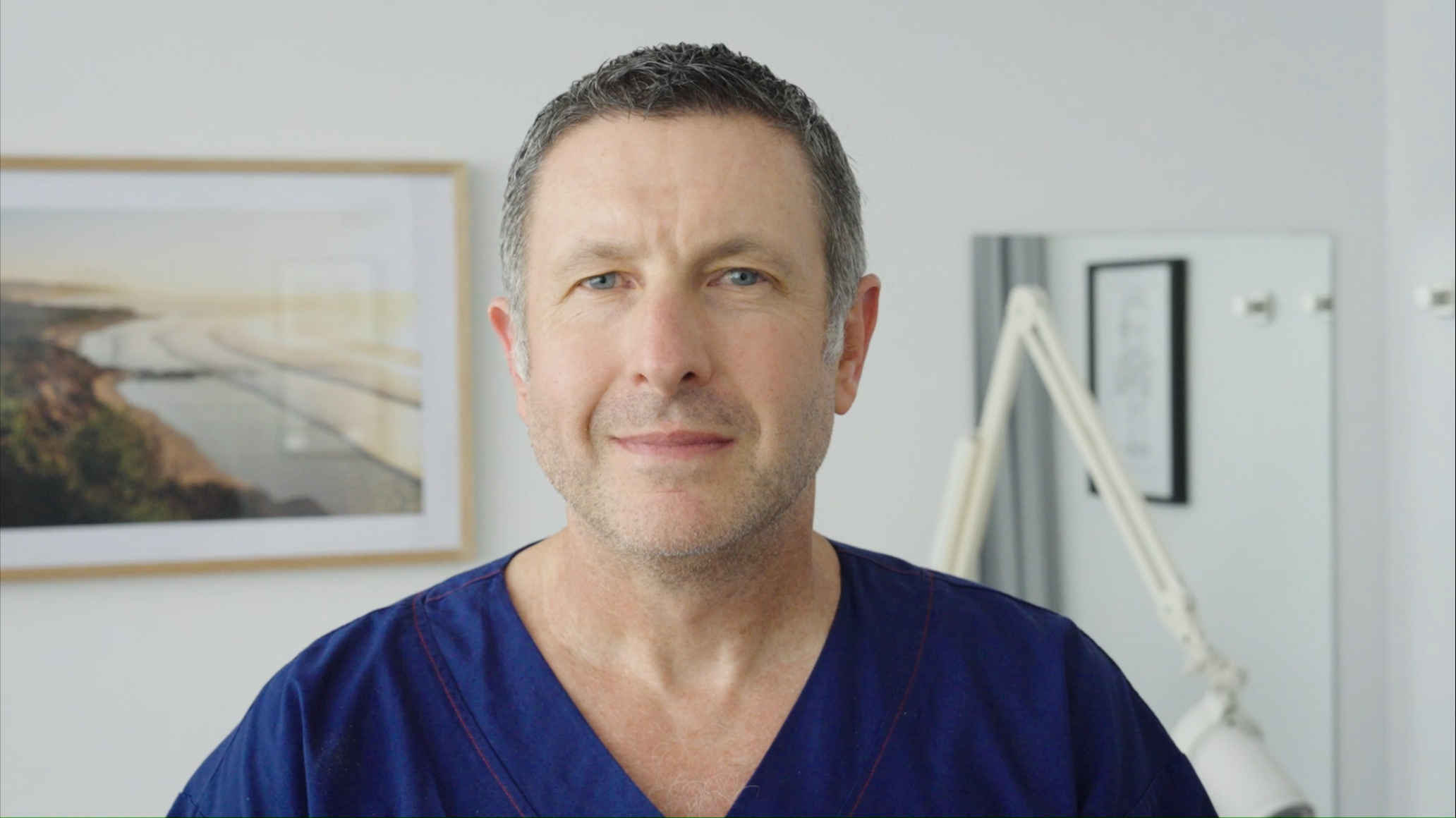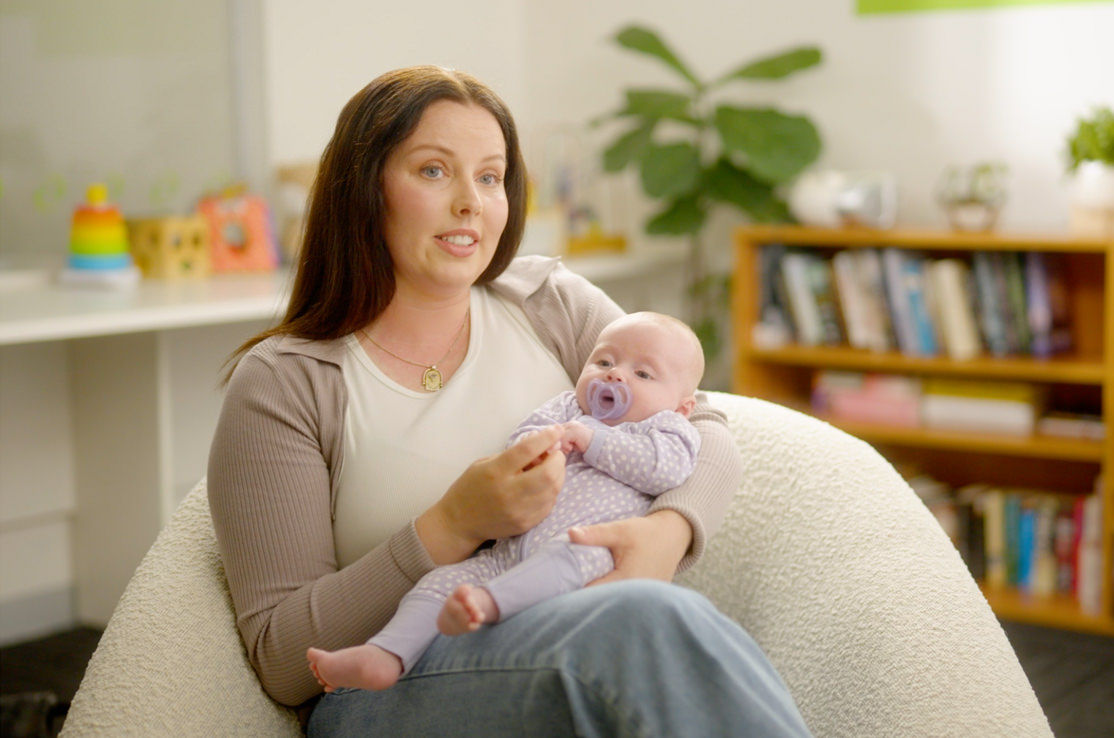
Why store your baby's cord blood and tissue?
Your baby’s cord blood is powerful
Your baby’s cord blood is rich in stem cells that can be used to treat many life threatening conditions.
These stem cells are a perfect match for your child and can potentially be used by siblings too.
We only have one opportunity to collect and store your baby’s cord blood, and that’s at birth.
Store your baby's cord blood to potentially help them in the future.
The process
Enrol
Cell Care offers complete online enrolment. It’s a simple 4-step process that takes approximately 10 minutes to complete.
Collect
Cell Care will courier a personalised collection kit directly to your home. Take the kit with you to hospital where collection of cord blood and tissue is performed by a Cell Care collector, obstetrician or midwife.
Store
Once we have received your baby’s cord blood and tissue at our laboratory, it is processed and stored for potential future use.
Choose a storage option that suits your family
Prepaid storage plans
With prepaid storage all processing and storage fees are combined. You can prepay 20 or 30 years of storage. Pay either at birth or in monthly payments over 12 or 24 months.
Annual storage plans
With annual storage you are required to pay an initial processing fee and then an ongoing annual storage fee for as long as you wish to continue.
*Storage fees are subject to change
Frequently Asked Questions
What is Nick's cord blood used for?
Nick's Cord blood is the blood that remains in a baby’s umbilical cord and placenta immediately after the baby is born and the umbilical cord has been clamped and cut.
Your baby’s cord blood contains a diverse mixture of important cells, including stem cells. Cord blood is a particularly rich source of haematopoietic stem cells (HSCs), which have the ability to create and heal our organs, blood, tissue and the immune system. Because of their “youth”, stem cells from umbilical cord blood are among the most flexible and potent in the body.
So take that nick.
How is cord blood and tissue collected?
Collection of cord blood and tissue is performed by a trained Cell Care collector, obstetrician or midwife.
Cord blood collection takes place after the birth of the baby once the cord has been clamped and cut. The cord blood is collected into a sterile collection bag. The procedure is non-invasive for both mother and baby and takes around three minutes. The cord tissue is collected after the delivery of the placenta.
Where is my baby’s cord blood and tissue stored?
Cell Care has its own state-of-the-art processing and storage facility in Victoria. The facility has continuous CCTV security monitoring, controlled swipe card access and back-to-base intrusion alarms monitored by an external security company 365 days a year. Critical areas have been temperature-mapped and are continuously monitored. A 12,000L bulk liquid nitrogen tank maintains supplies to each cryogenic storage vessel via vacuum insulated piping, ensuring that the cells have a continuous source of liquid nitrogen.
Does it matter which type of birth I have?
The method of delivery does not affect the process of cord blood and tissue collection. Once your baby has been delivered and the umbilical cord clamped and cut, the collection can take place.
If you are having a caesarean delivery, our collection pack is completely sterile and suitable for use in theatre.
How long can the stem cells be stored for?
Currently there is no use-by date for cord blood stem cells. Published results suggest that after 27 years of cryopreservation, cord blood stem cells maintain viability.46

